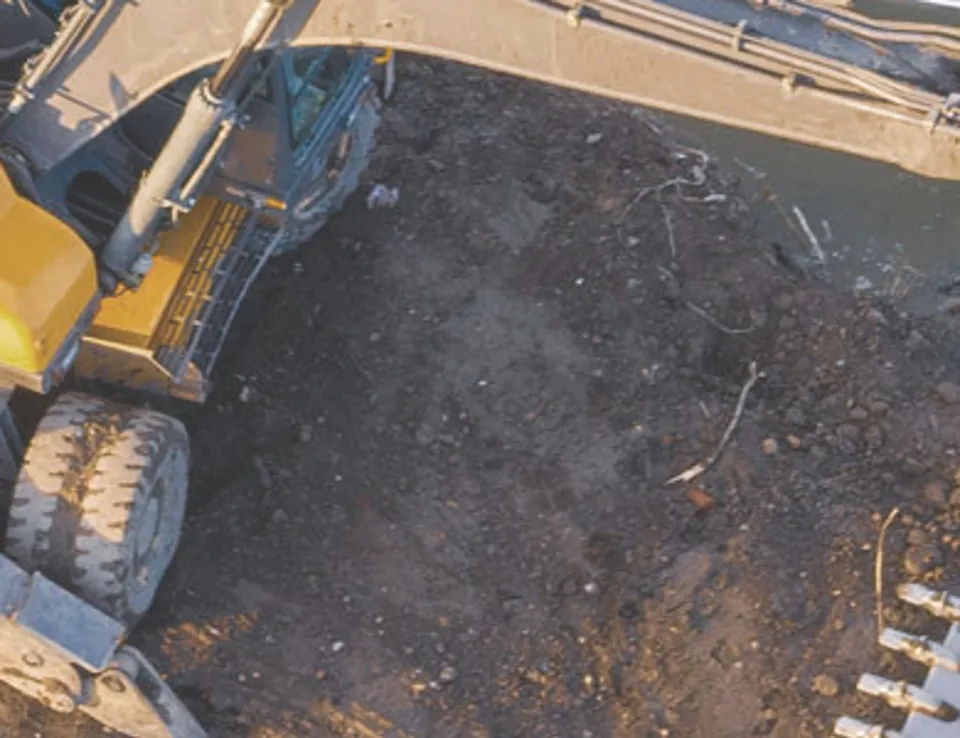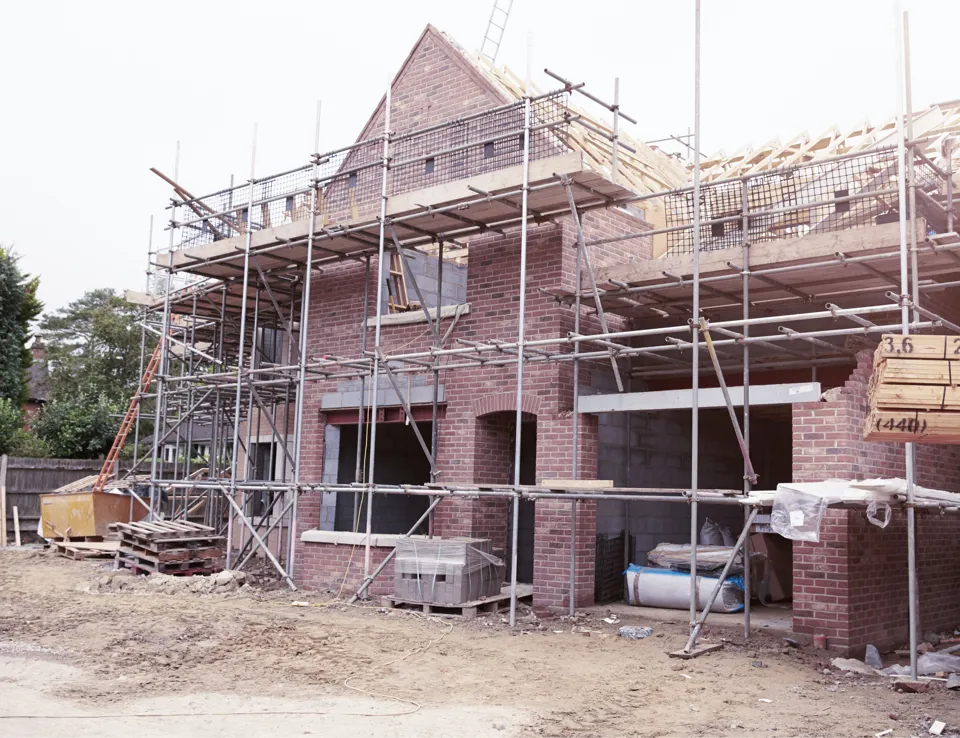Nutrient neutrality: addressing the mitigation challenge
Numerous areas of England and Wales are still grappling with how to achieve nutrient neutral development following the 2018 "Dutch case" ruling in the European Court of Justice. In November, it was revealed by Savills that the delivery of new homes could falter by as much as 70% in the 20 local authority areas affected by the guidance from Natural England that came after the case.
The public body advises that no development should "add to existing nutrient burdens". i.e. all surface water runoff and wastewater generated by a development must be less than or equal to the nutrients generated by the existing land use.
Ricardo supporting Natural England
As was recently reported in ENDS, Ricardo’s energy and environment specialists have been awarded a contract by Natural England to provide advice and tools to support the assessment of nutrient mitigation measures. The project is intended to lay the foundations for a way forward on the nutrient neutrality issue.
Ricardo has previously supported Herefordshire Council and Natural England in defining approaches to calculating nutrient budgets for new residential developments. But once a prospective development has calculated its nutrient budget, the challenge of achieving nutrient neutral development really begins.
The challenge
Mitigation solutions designed to remove the impact of additional nutrients from new developments can take a range of forms. Their effectiveness and viability are different depending on whether you need to mitigate nitrogen or phosphorus. The Solent region was the first area in England to face the challenge of nutrient neutrality and is arguably furthest ahead in terms of solutions. Nitrogen is the key nutrient of concern in the Solent and the most widely used mitigation approach is to take agricultural land out of production. This works for nitrogen because of the relatively large amount that comes from agricultural land, compared with the average size of a nitrogen budget that needs mitigating for a new development.
The question has to be asked, though, how long can we give over agricultural land to nitrogen mitigation before the supply-demand balance makes it unaffordable, and the question of food supply makes it unpalatable or just simply untenable?
To make matters more complicated, the size of phosphorus budgets relative to the amount of phosphorus that is exported to river systems by agriculture is such that huge swathes of agricultural land would need to be abandoned in order to achieve effective phosphorus mitigation at scale, limiting viability.
We are in a situation now where we need to look at other mitigation solutions, of which there are many, including nature-based solutions that can have the added advantages of multiple environmental and societal co-benefits. The key problem is that while many of these solutions may work in theory, there is uncertainty in terms of the scale of nutrient mitigation they will deliver in practice.
The need
When planning development within the catchment of a European-designated site that is already in “unfavourable condition” due to nutrients, “likely significant effects” on the ecology of the site cannot be ruled out. This means a Habitat Regulations Assessment (HRA) Appropriate Assessment (AA) will be required to support a new planning application. As part of the AA, nutrient neutrality is an ecologically and legally acceptable means of counterbalancing nutrient impacts from new development. Achieving nutrient neutral development can be used to demonstrate that nutrients will not cause “likely significant effects” on the ecology of European sites.
As part of the nutrient neutrality process, a nutrient budget is required. The output will show whether a development will increase the nitrogen or phosphorus input to a European site. Nutrient budgets measure the amount of nitrogen or phosphorous generated by a new development in kg/year. Where there is an increase in nutrients due to a new development, mitigation will be required. In accordance with the 2018 “Dutch Case” ruling, the HRA AA will need to provide evidence that any mitigation solution can deliver the required kg/year of nutrient reduction beyond reasonable scientific doubt.
This requirement for certainty in hitting the required mitigation means potential solutions, such as river restoration schemes and riparian buffer strips, are difficult to recommend because of the need to put specific estimates on the amount of nutrient reduction they might achieve.
Help at hand
As part of a new project for Natural England, Ricardo is aiming to provide an understanding of the effectiveness of a range of nature-based solutions for nutrient mitigation. We will use this knowledge to inform how proposals for nature-based solutions can be assessed to account for uncertainties and how assessments of mitigation schemes can be made in accordance with the Precautionary Principle in terms of their nutrient reduction potential. And we will provide a tool that can be used to help in the early stages of mitigation planning, in terms of identifying mitigation solutions, their likely effectiveness and recommending mitigation solutions that might be applicable in a certain context.
Ricardo is excited to be working with Natural England on this project and we hope that it will provide a valuable contribution to the body of evidence that is required to underpin HRAs of nutrient neutrality.









